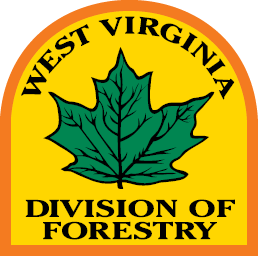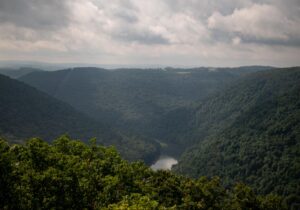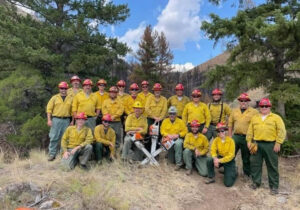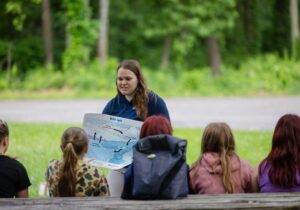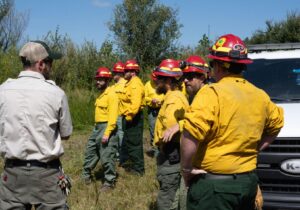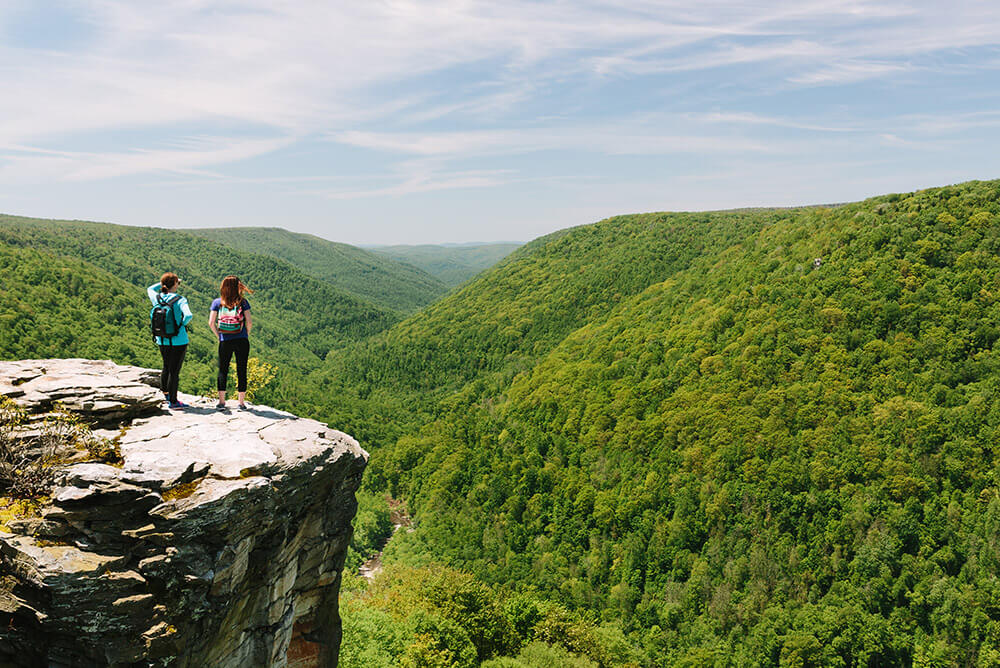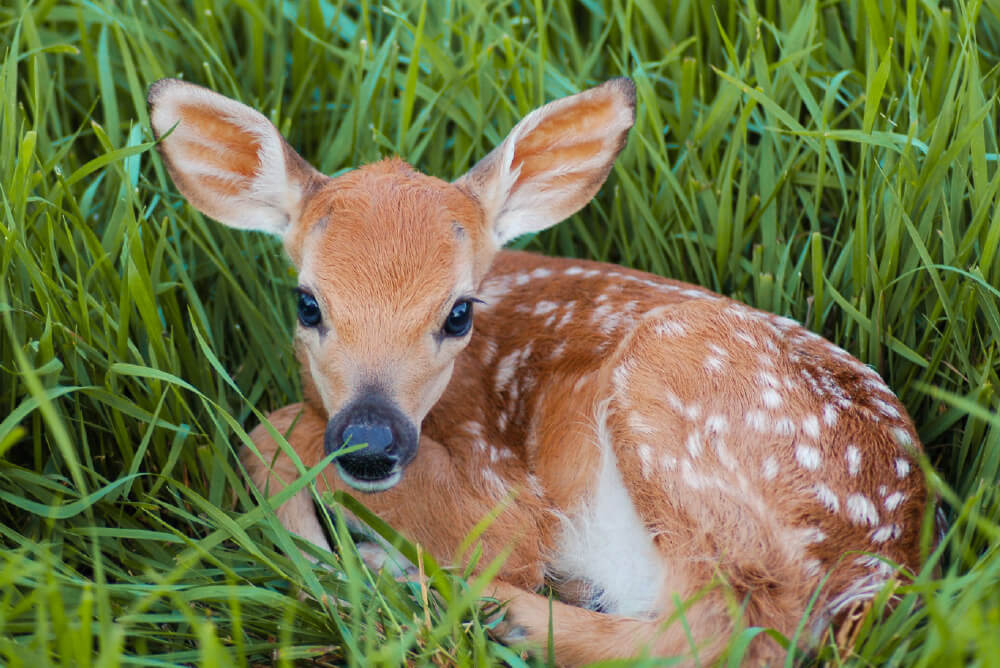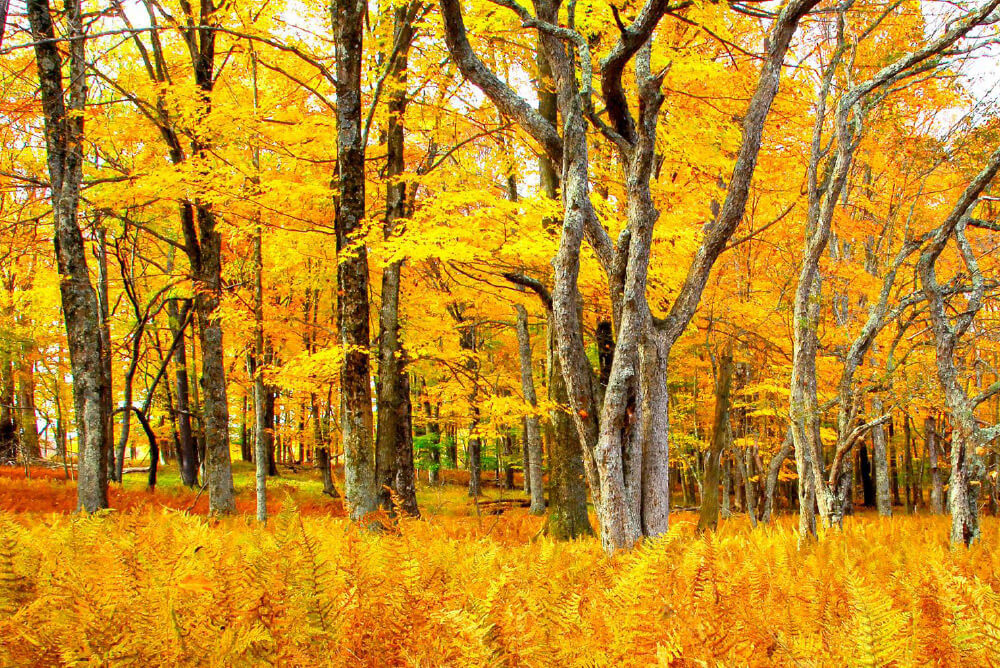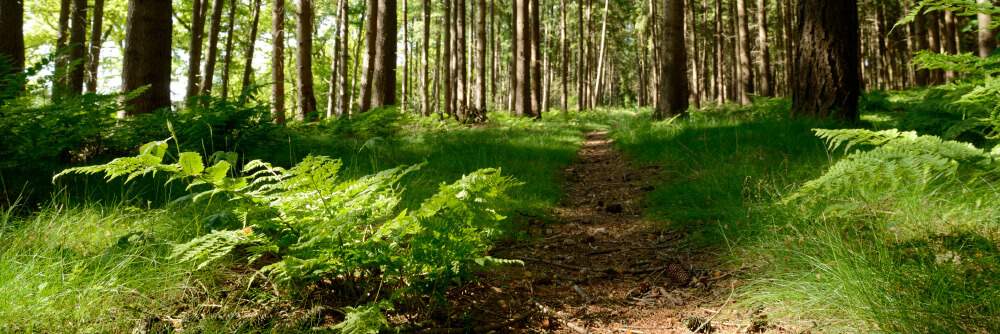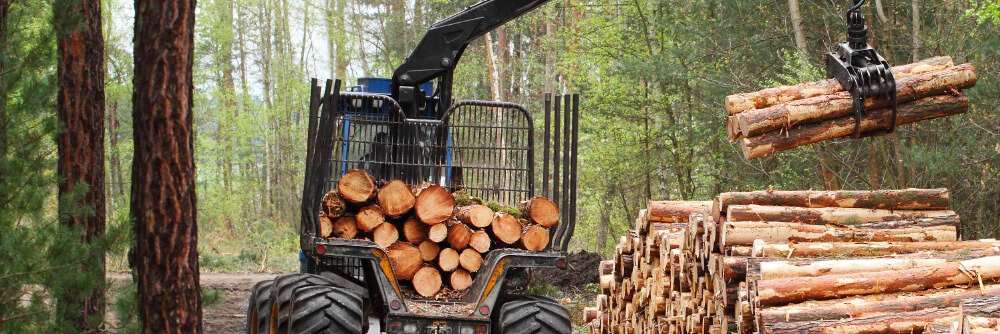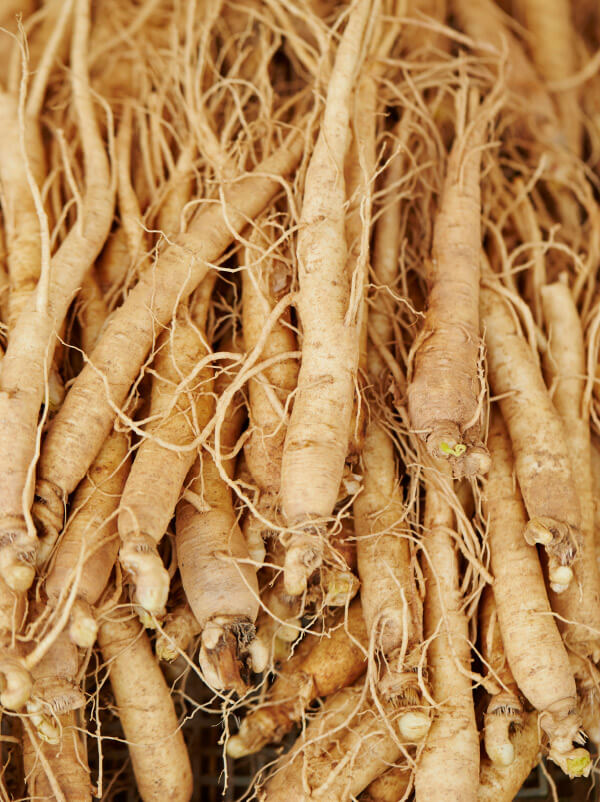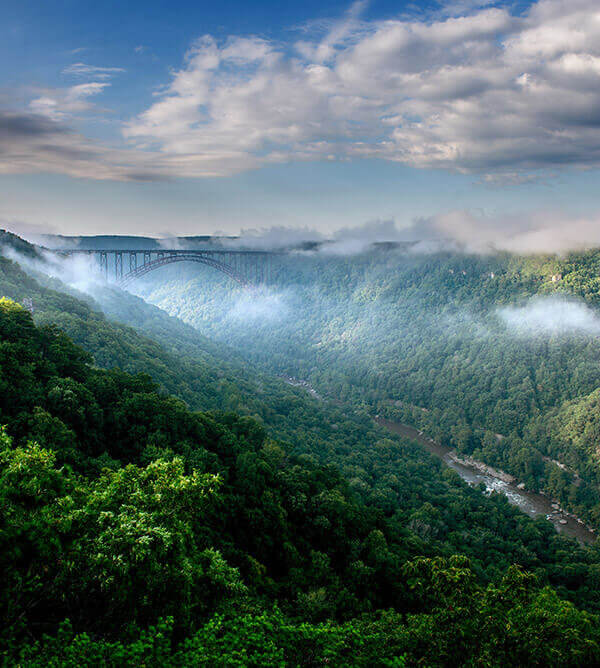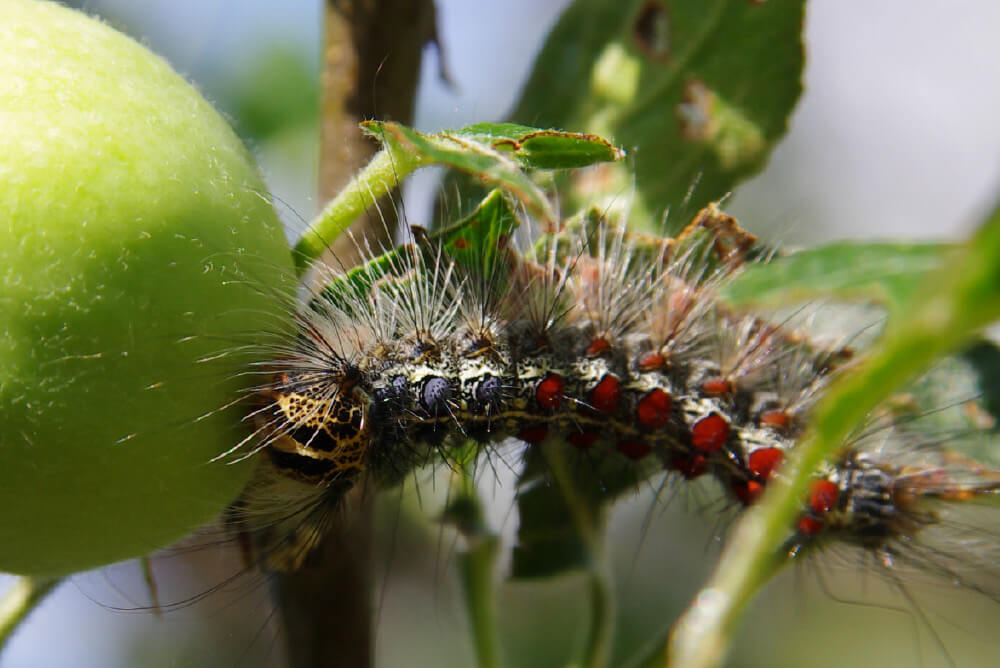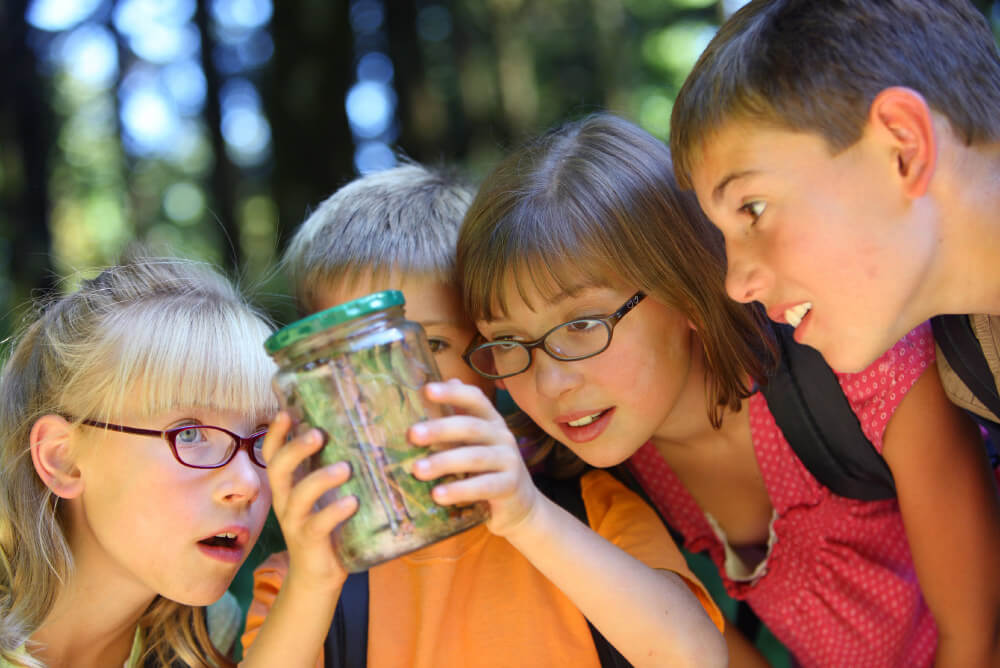Forestry program helps landowners grow healthier, more versatile forests
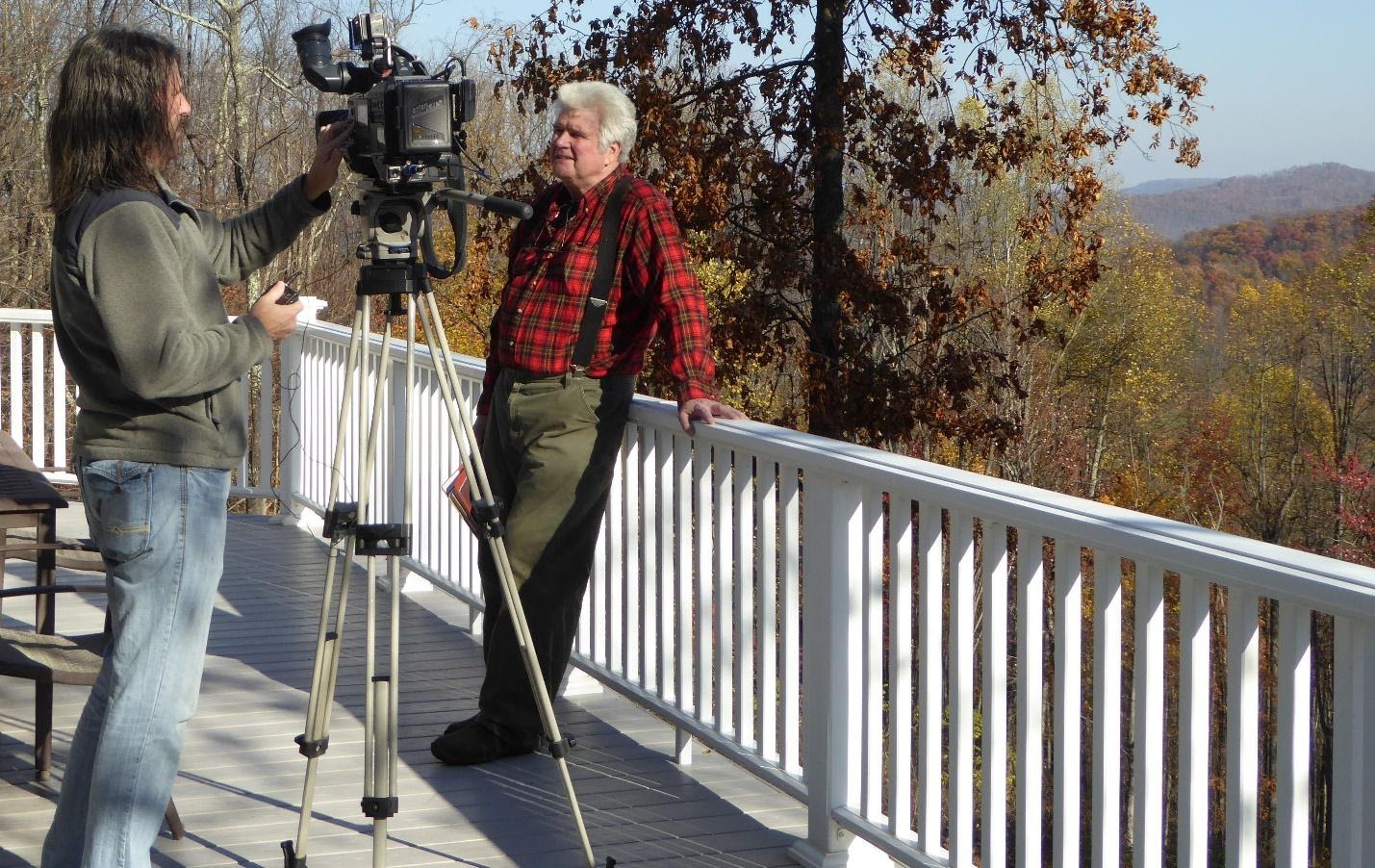
Like parents influence their children, landowners influence how well their woodlands grow. Unlike parents, private landowners can call in West Virginia service foresters to evaluate their woods, identify what the landowners want from their forests and come up with a management plan to achieve it.
Helping landowners manage forests to meet their goals
“All non-industrial private woodland owners in West Virginia can use our services,” said Assistant State Forester Charles Copeland, Jr., WVDOF Landowner Assistance program.
The West Virginia Division of Forestry (WVDOF) Landowner’s Assistance program services include:
- Forest Management Plan preparation
- Timber sale assistance
- Insect and disease inspections
- Financial assistance program guidance
“All service provided by WVDOF are free of charge to landowners,” Copeland said.
The service foresters all hold an associate degree or bachelor’s degree in forestry. WVDOF also requires they attend 10 hours of continuing credits each year.
“Some properties in the state have used Forestry’s Landowner Assistance services over several generations of the same family,” Copeland said.
Building on a legacy of productive stewardship
That is the case with Bill and Carole Crawford, Fairmont, Marion County.
“Our farm has been in the family since before the Civil War,” said Bill Crawford.
The original farm was 378 acres, of which 315 acres were wooded. Today, the Crawfords live on 110 acres, of which 84 acres are wooded.
Taking care of the land has been part of the family tradition. Bill Crawford’s father James worked for the Soil Conservation Service, created in 1935 to reduce wind and water erosion of the country’s soils, and renamed the Natural Resources Conservation Service in 1994. The Crawfords undertook their first WVDOF Forest Management Plan in 1950.
“I grew up working with the WVDOF providing us guidance and assistance,” Bill Crawford said. “The WVDOF has provided direction and funding assistance to clear invasive species. They have also provided trees that I have planted and sheltered. They routinely have a forester who visits and assesses our needs when requested. We have an ongoing forest management plan that we follow.”
Their success in carrying out their plan has been recognized. The Crawford farm is used for educational purposes by both West Virginia University and the Forestry Service, when requested. Crawford was named Tree Farmer of the Year in 1971 and in 2000. Also in 2000, Crawford was awarded East Coast Tree Farmer of the Year. The honor recognizes private landowners that have done an exceptional job of forest management on their property and actively promoting sustainable forestry.
For Bill and Carole Crawford, goals focus on enjoying and protecting the tree farm into retirement and generating extra income if and when needed.
“Through stewardship, we hope to create a legacy for our two sons,” he said.
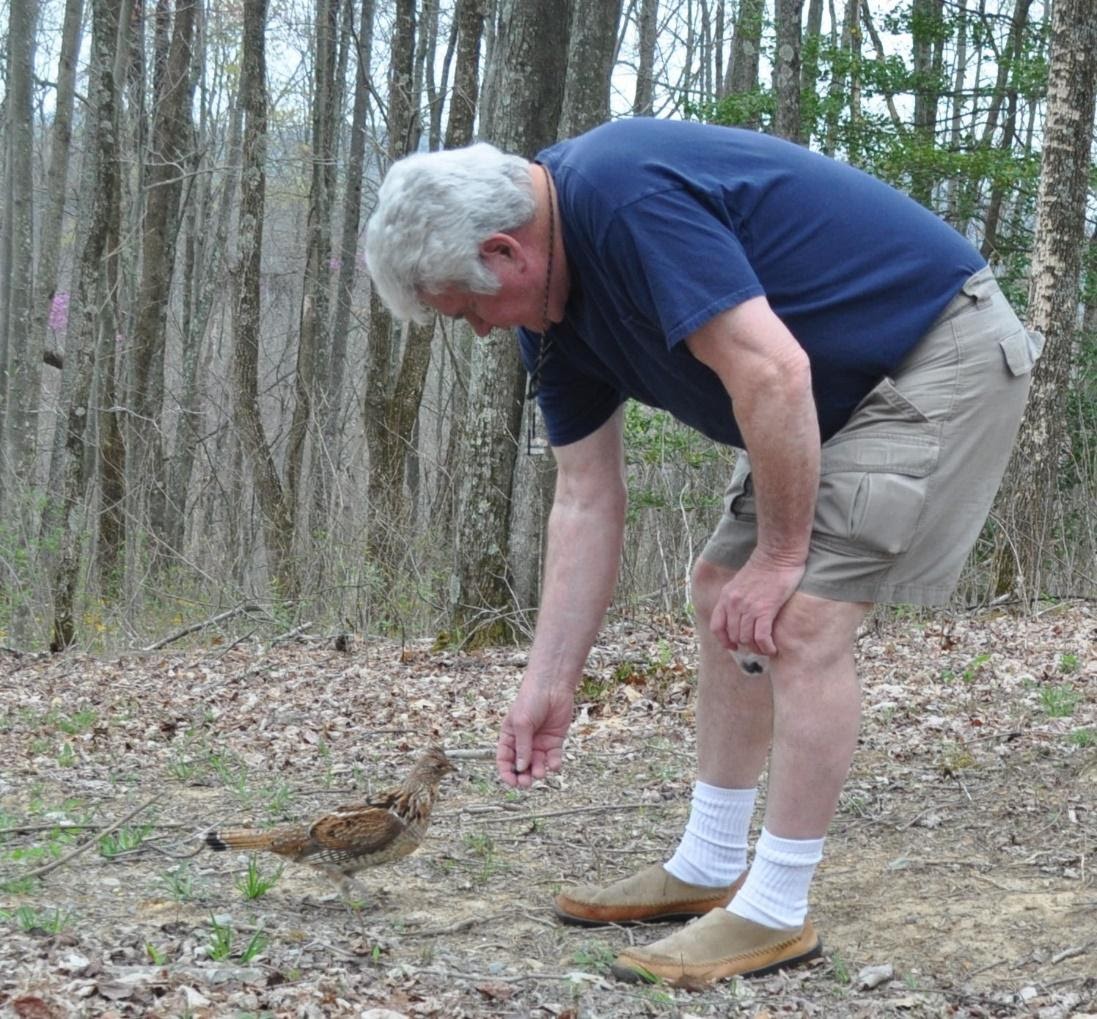
Managing to support timber harvest and conservation at the same time
John Cobb’s career thrived in big city, big business environments. At 25, he was general manager of four divisions of Bell and Howell Company. He became senior vice president for CBS in New York City. By the time he retired, he had achieved the post of senior vice president for McGraw Hill Publishing Company in Washington, D.C.
In 2006, he bought 180 acres in Ireland in Lewis County, West Virginia. Uninhabited for decades, the forest was overrun with invasive plants displacing the native vegetation. The unbroken tree canopy discouraged many types of wildlife from living there.
Cobb’s initial goals were to carve a driveway through the forest and build a house atop the mountain. A keen hunter, he also wanted to attract more wildlife.
In 2009, Cobb hired a private forester to assess his property. Among the forester’s recommendations was to contact WVDOF to develop a Forest Stewardship Management Plan. The plan helps landowners pinpoint their goals – such as better timber, wildlife habitat, or other benefits — assess the current condition of their forests and recommend actions to achieve those goals. The plan must be written by a Stewardship certified forester or technician. Eligible landowners can receive up to 75% of the cost of developing the plan.
Cobb and WVDOF Assistant State Forester Travis Miller worked together on the Stewardship Plan from 2009 to 2015. The plan continued to evolve as Cobb increased his initial 180 acres to 365 contiguous acres, including four waterfalls. All except 20 acres operate as a tree farm.
The Stewardship Plan was amended to reflect Cobb’s developing priorities:
- Wildlife protection
- Recreation
- Soil conservation
- Water quality
- Timber quality
The plan divided Cobb’s property into 11 stands. The types and density of the trees predominant in each area affect how that stand is managed. Cobb removed choking grapevines, holly thickets and created wildlife clearings to attract more deer, turkey, grouse and birds. Timber is cut in selected areas not only to generate revenue, but to improve habitat.
While visiting the U.S. Department of Agriculture (USDA) office to get aerial pictures of his property, Cobb learned that the USDA, through the Natural Resources Conservation Service, offers a program to reimburse landowners for making conservation improvements to their properties. The program has the landowner coordinate with an agency forester or biologist to draw up a work plan to remove grapevines, fight invasive plants or other efforts to improve habit. The landowner signs a contract to do the work or have it done. When the work is complete and confirmed by officials, the landowner receives payment.
The WVDOF Forest Stewardship Plan made several recommendations that qualified for Natural Resources Conservation Service programs.
Cobb set a high priority on creating habitat for cerulean warblers, small migratory songbirds. The sky-blue birds winter in South American forests and travel to the southeastern United States in the spring. The warblers live high in tree canopies, nest among tall hardwoods, and forage near small clearings. Since 1966, the world population of cerulean warblers has plunged by 70%. Cobb got approval on contracts to cut selected timber in support of the Cerulean Warbler Appalachian Forestland Enhancement Project. Through carefully planned tree cuttings on two tracts of land, Cobb provided the cerulean warblers with prime habitat.
The improvement was measurable. Before the selective cuts, West Virginia University biology students found only one cerulean warbler family on the property. After the cutting, the students detected eight.
Since 2014, Cobb completed 11 Natural Resources Conservation Service projects:
- $6,205 Invasive species culling program on seven acres
- $1,945 Grapevine culling 20 acres
- $7,906 10 acre clear cut for wildlife
- $Â Â 645 Second grapevine cut 14 Acres
- $1,205 New field creation with five clovers Birds Foot Trefoil
- $Â Â 760 Back cuts to two field for wildlife
- $Â Â 672 Hardwood tree planting. 208 trees planted in tubes
- $1,810 Habitat enhancement for the Cerulean Warbler
- $2,584 Culling invasive American Holly on 28 acres
- $1,255 Third grapevine culling 20 acres
- $Â Â 504 2 Acre invasive species control autumn olive
The land is now home to a diverse array of tree species, including white oak, red oak, tulip poplar, sycamore, black cherry, black walnut, American chestnut, butternut, sugar maple and more.
“It was easier because WVDOF Forester Travis Miller is good at what he does. WVDOF has provided ongoing support since 2009,” Cobb said. “I learned invaluable technical and financial assistance information.”
Cobb isn’t done yet.
He has helped connect several neighboring landowners with WVDOF for information on technical and financial assistance to improve their farms and reach their property goals.
He has helped other landowners to join the Cerulean Warbler Appalachian Forestland Enhancement Project.
He has signed a new contract with USDA for planting 375 trees, 100 American chestnuts and 275 sawtooth oaks.
Named West Virginia’s Tree Farmer of the Year in 2019, Cobb works to encourage other landowners to become certified tree farmers. He now serves on the West Virginia Tree Farm Committee.
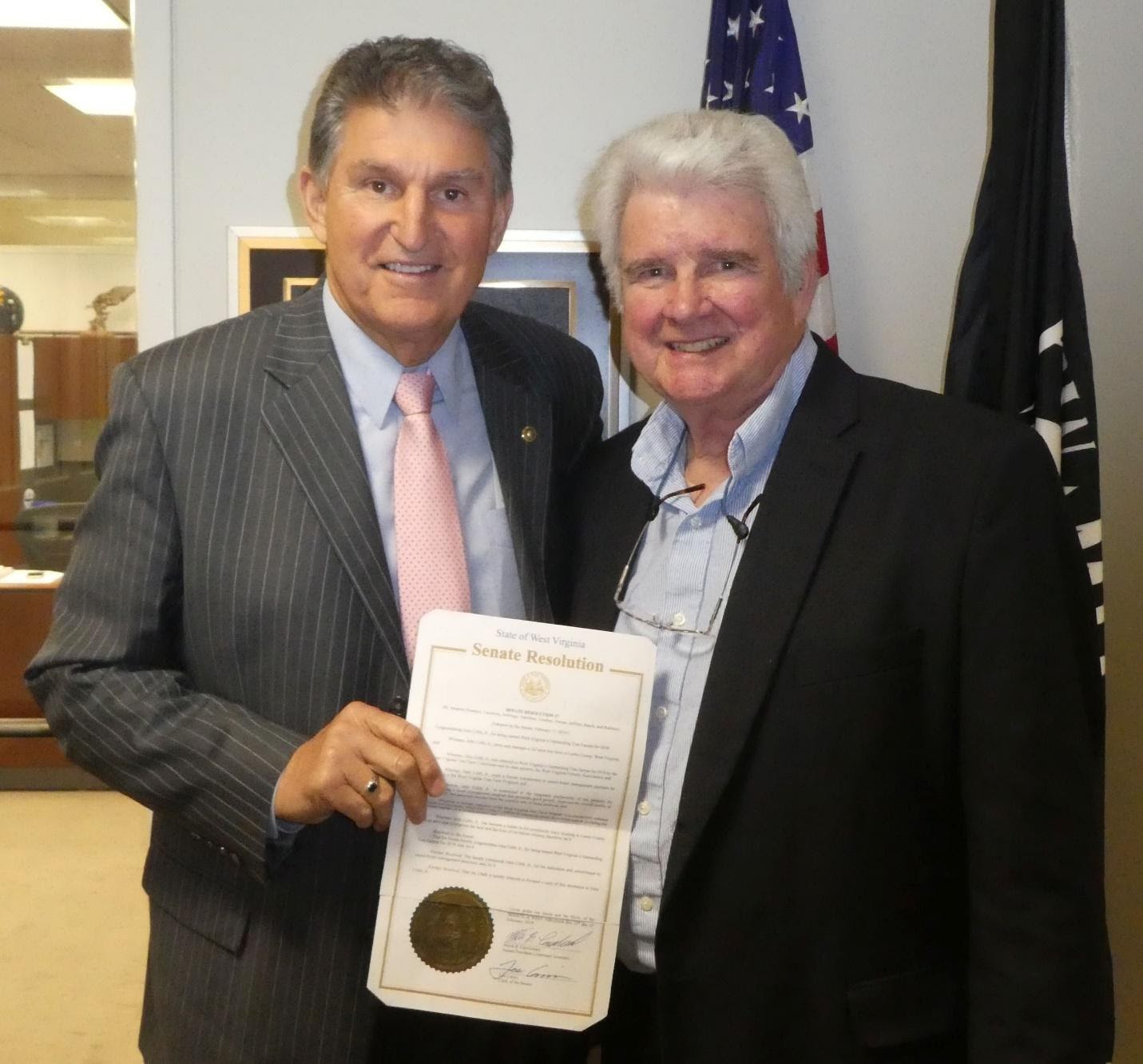
Helping forests flourish with active, knowledgeable management
Like Cobb, Bill and Carole Crawford believe in landowners taking an active role in managing and improving their forests. It is not only a good idea, said Bill Crawford, but a growing necessity.
“Today’s forest is not the same as that of my forefathers,” he said. “Due to the shrinking of our world, many imported invasive plants and pests now threaten the regeneration of our woods. Species such as barberry, silt grass, trees of heaven, bittersweet, multiflora rose will take over native species if not controlled. The West Virginia Division of Forestry Landowner Assistance program can help landowners find out what can be done and how. Without intervention, the woods of today can — and will — be taken over.”
Getting started is as simple as a phone call.
“Landowners can call their local WVDOF office to set up an appointment for one of our foresters to come out and look at the property with them,” said Assistant State Forester Copeland. “We want to get more West Virginia landowners involved in working with us to improve the quality of their forests.”
# # #
